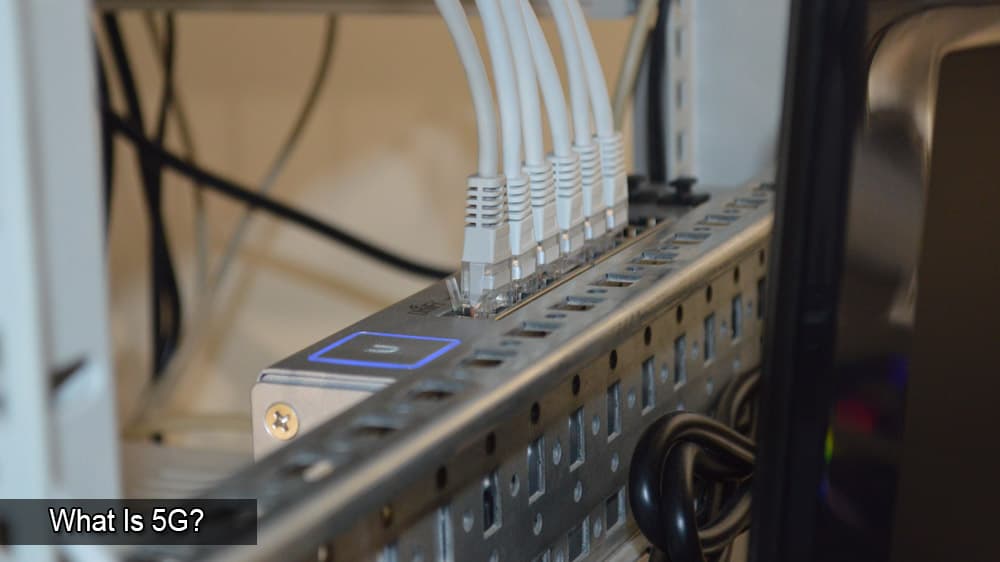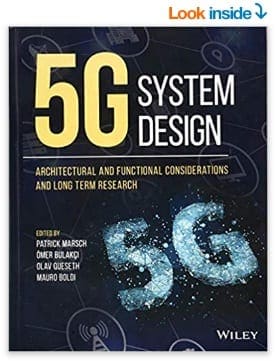It has been almost 10 years in the making, but 5G is finally becoming a reality. In 2018, carriers started rolling out 5G in selected cities. However, with mobile 5G making an appearance in limited cities, there will be more comprehensive roll out in 2020.
At the moment, it seems like there are more questions about 5G than there are answers. Most people are curious about what 5G really is and whether they will ever see it where they live, while others are more concerned about 5G phones. There is also the question of which carrier will have the best quality 5G service.
If you are looking for answers about how 5G works and where it is going, then this article is for you.
Contents
What Is 5 G?

5G is the next generation of mobile broadband that will ultimately replace the 4G LTE. With 5G, you will experience faster upload and download speeds at an exponential rate. The time taken for devices to communicate with other wireless networks will also decrease significantly.
How 5 G Works
5G is relatively different from the traditional 4G LTE. It varies from the spectrum bands to the small cells. Below is everything you need to know about how 5G works.
Spectrum
5G operates on three different spectrum bands, unlike the 4G LTE. Although this might not seem important, it will have a striking effect on your day-to-day usage. 5G uses high-band spectrum which is also referred to as mmWave. With this, you can get high speeds of up to 10 Gbps along with very low latency. The major setback of the high-band spectrum is that it has a relatively low coverage area and building penetration is poor.
What 5 G Uses
5G uses improved broadband. The upgrade to 5G will significantly alter the way we interact with technology on an everyday basis. 5G adds spectrum bands that are not being used for commercial broadband traffic. This is unlike the slow speeds that users are experiencing during the busy times of the day with carriers who are running out of LTE capacity.
5G also makes use of remote control since it has astonishingly low latency. One of the aims of remote-control is to lower personal risks in hazardous areas by allowing skilled technicians to control machinery from any part of the world.

Pros & Cons of 5G Networks
While it is probably too early to know exactly what will the new system bring, we can presume something from the experiences we had with switching on 4G, as well as what experts are already saying about the technology.
It is to be expected that some issues will happen right away, such as less coverage, but will be fixed over time. Finally, the experience will depend on your location and the coverage in your area.
– Increased Bandwidth
– Faster Internet
– New Technology Options
– Less Coverage
– Infringes on Radio Frequencies
– May Increase Data Plan Prices
Final Thoughts
5G is going to be a ground breaker when it is fully rolled out, although this may take years. Some countries are in a race to roll out 5G service, with the U.S., Korea, Japan, South Africa, and China among those in the forefront. You may have to wait before you will finally be able to access 5G service, but with all the features it will offer, it will be worth the wait.
If you are considering getting an early jump on this technology and figuring out ways how to use it in your business or personal life, you may want to pick up the 5G System Design from Amazon and learn everything there is to know about 5G networks and their architecture.





